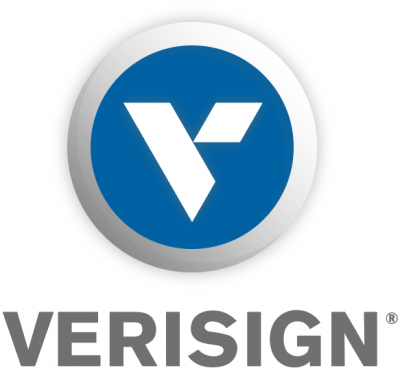


|
||
|
||
The global base of Internet domain names grew by nearly 3.5 million in the fourth quarter of 2010, according to the latest Domain Name Industry Brief, published by VeriSign, Inc.
The fourth quarter of 2010 closed with a base of 205.3 million domain name registrations across all Top Level Domains (TLDs), or a 1.7 percent increase over the third quarter. Registrations have grown by 12.1 million, or 6.3 percent year over year.
Verisign’s combined base of .com and .net domain names ended the quarter with approximately 105.2 million. New .com and .net registrations totaled 7.6 million during the fourth quarter, an increase of 4 percent from a year ago. The .com/.net renewal rate for the fourth quarter was 72.7 percent, down from 72.8 percent for the third quarter.1
The base of Country Code Top Level Domains (ccTLDs) was 80.1 million domain names, a 0.3 percent increase from a year ago.
Verisign’s average daily Domain Name System (DNS) query load during fourth quarter 2010 was 61 billion, with a peak of 72 billion. Compared to the same timeframe in 2009, the daily query average and the peak both grew by 17 percent.
The Dawn of the IPv6 Era
The Domain Name Industry Brief also highlighted two major changes to the Internet’s addressing system—the introduction of new generic top-level domains and the ramp up to IPv6.
The launch of the process that will introduce potentially hundreds of new generic top-level domains (gTLDs) to the naming system is incredibly significant. Although the precise date of the launch remains uncertain, the Internet Corporation for Assigned Names and Numbers (ICANN) is nearing completion of its gTLD launch plan, and could start reviewing applications by summer. Within months of the launch—perhaps by early 2012—Internet users may very well have their choice of an unprecedented array of top-level domains, from consumer domains like .shop and .bank to geographic ones like .nyc and .london.
The second change will be less visible to ordinary Internet users, but has the potential to be every bit as profound. Throughout the Internet, access and infrastructure providers, service operators and content providers are ramping up preparedness for the deployment of Internet Protocol Version 6 (IPv6). IPv6 is designed to replace the longstanding Internet Protocol Version 4 (IPv4). Internet stakeholders must clear the way for that process by preparing for the transitional coexistence of both protocols on their networks and systems.
Technologists have been working on the protocol that would become IPv6 for nearly two decades. Well before the standard for IPv6 was published in 1998, infrastructure operators knew that the clock was ticking on IPv4, since its 32-bit addressing technology would be insufficient to accommodate continuing, exponential Internet expansion.
This year, though, the clock has finally reached zero, with the last available IPv4 addresses within the Internet Assigned Numbers Authority (IANA) pool being allocated in February, effectively exhausting the master pool of “new” IPv4 addresses. While the Regional Internet Registries (RIR s) that provide IP addresses to ISPs still have IPv4 addresses in their inventory (an inventory that, in some cases, could last for a couple more years) no “new” IPv4 addresses can be created.
For Verisign, that means ensuring that the critical Internet infrastructure under its stewardship is fully prepared for rapid wide scale IPv6 adoption, to include all aspects of full feature and capability parity with IPv4, and expected coexistence with IPv4 into the foreseeable future. To that end Verisign has invested heavily to ensure that its network is ready to support IPv6. Verisign has been capable of servicing IPv6 queries at the network layer, and supporting IPv6 extensions in the DNS itself, for several years now and is committed to continually expanding its IPv6 capacity and capabilities to meet and exceed the global need. Verisign now looks to share that experience with other infrastructure operators as they ready their networks for IPv6. Working together, 2011 will be a historic year for ensuring the stability, security and growth of the Internet.
Verisign publishes the Domain Name Industry Brief to provide Internet users throughout the world with significant statistical and analytical research and data on the domain name industry and the Internet as a whole. Copies of the 2010 fourth quarter Domain Name Industry Brief, as well as previous reports, can be obtained here.
1 Renewal rates may deviate a few percentage points in either direction each quarter based upon the composition of the expiring name base and the contribution of specific registrars.
Sponsored byIPv4.Global

Sponsored byWhoisXML API

Sponsored byVerisign

Sponsored byDNIB.com

Sponsored byCSC

Sponsored byVerisign

Sponsored byRadix
